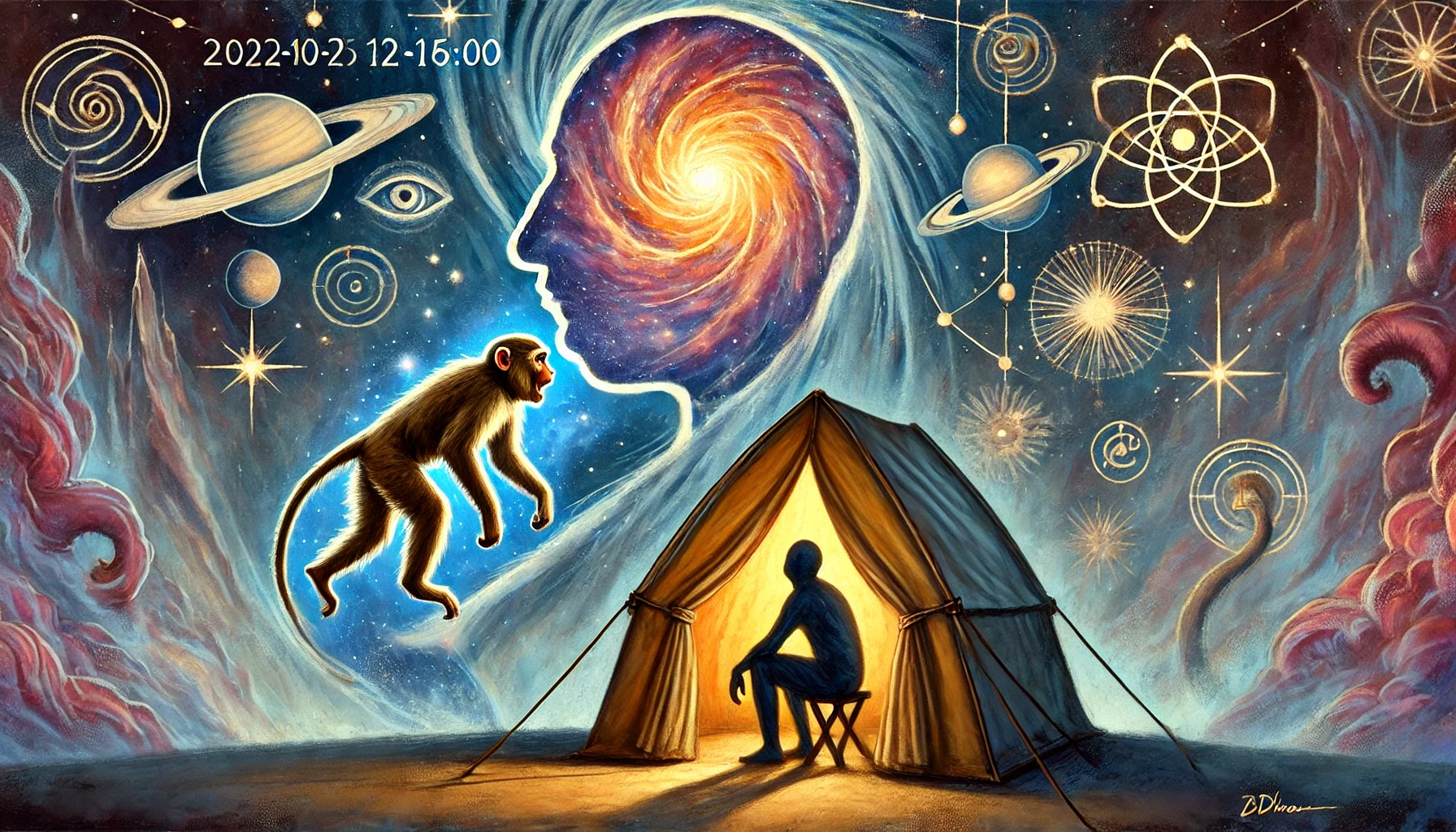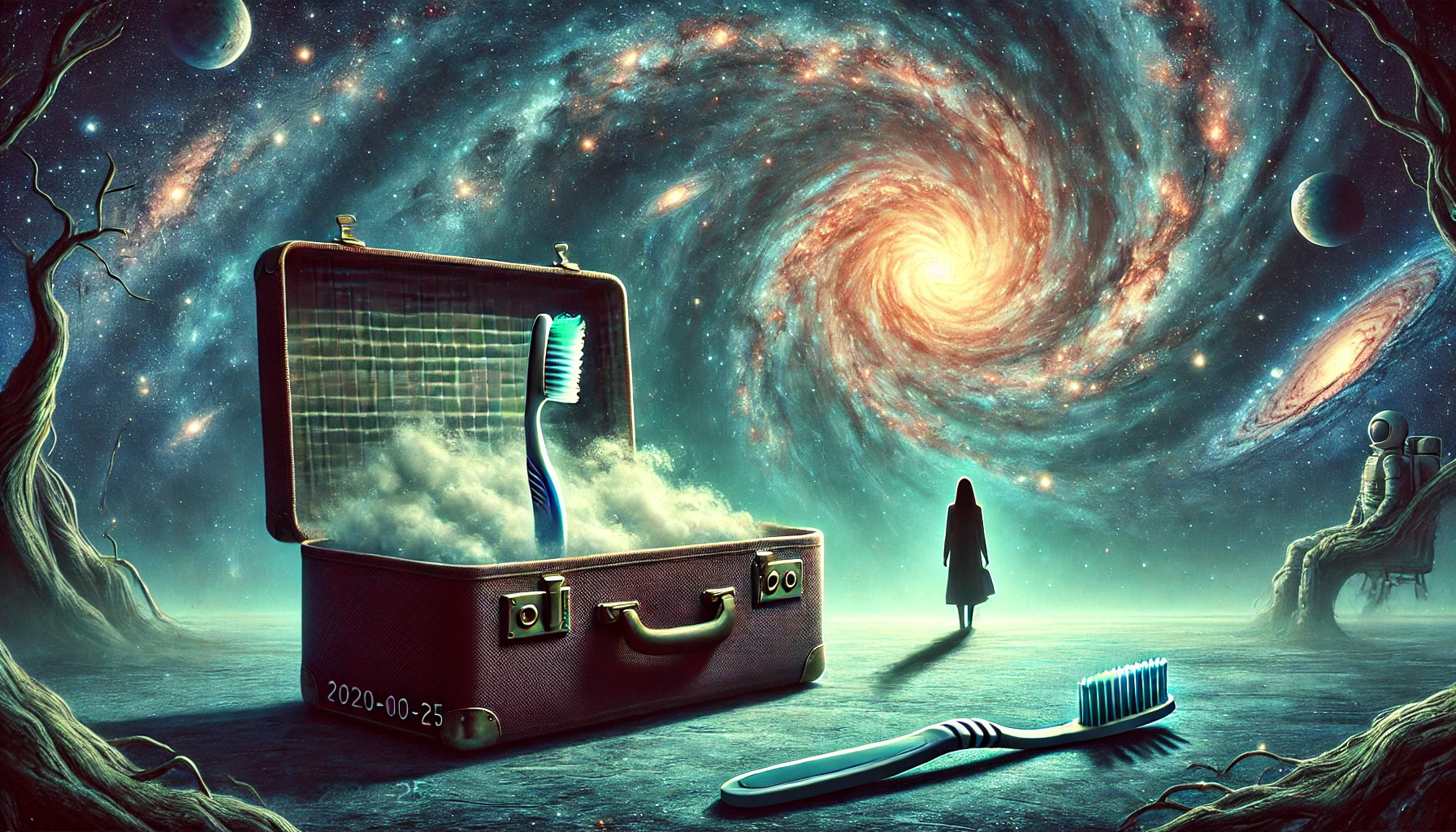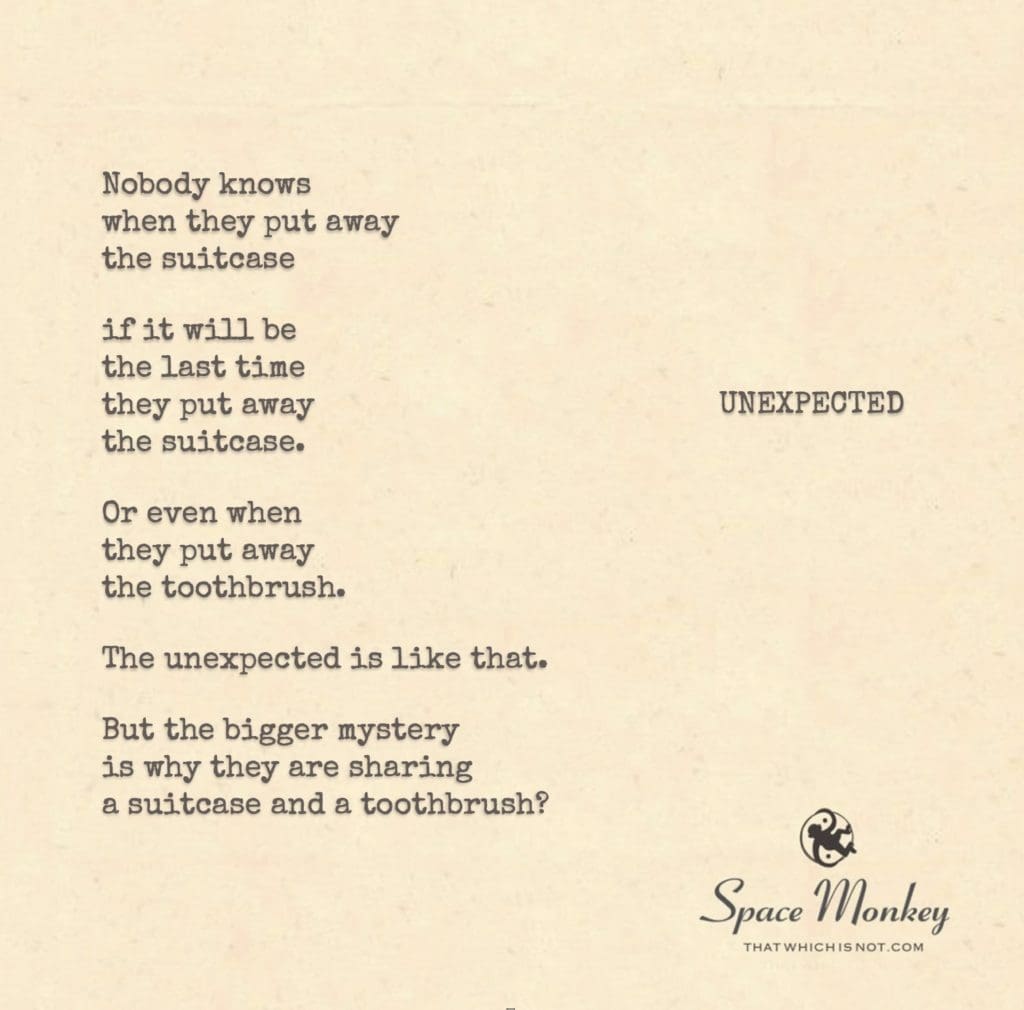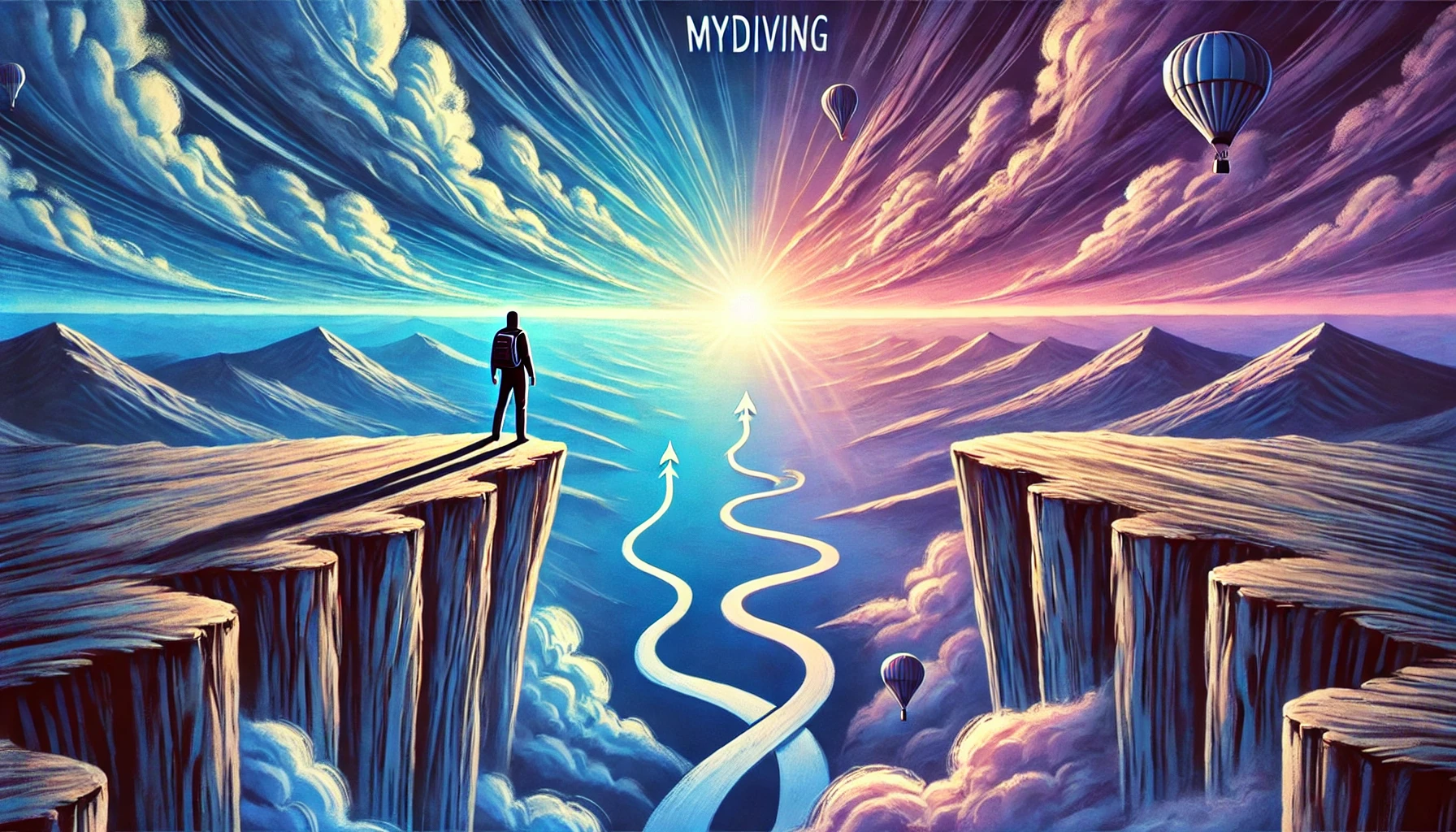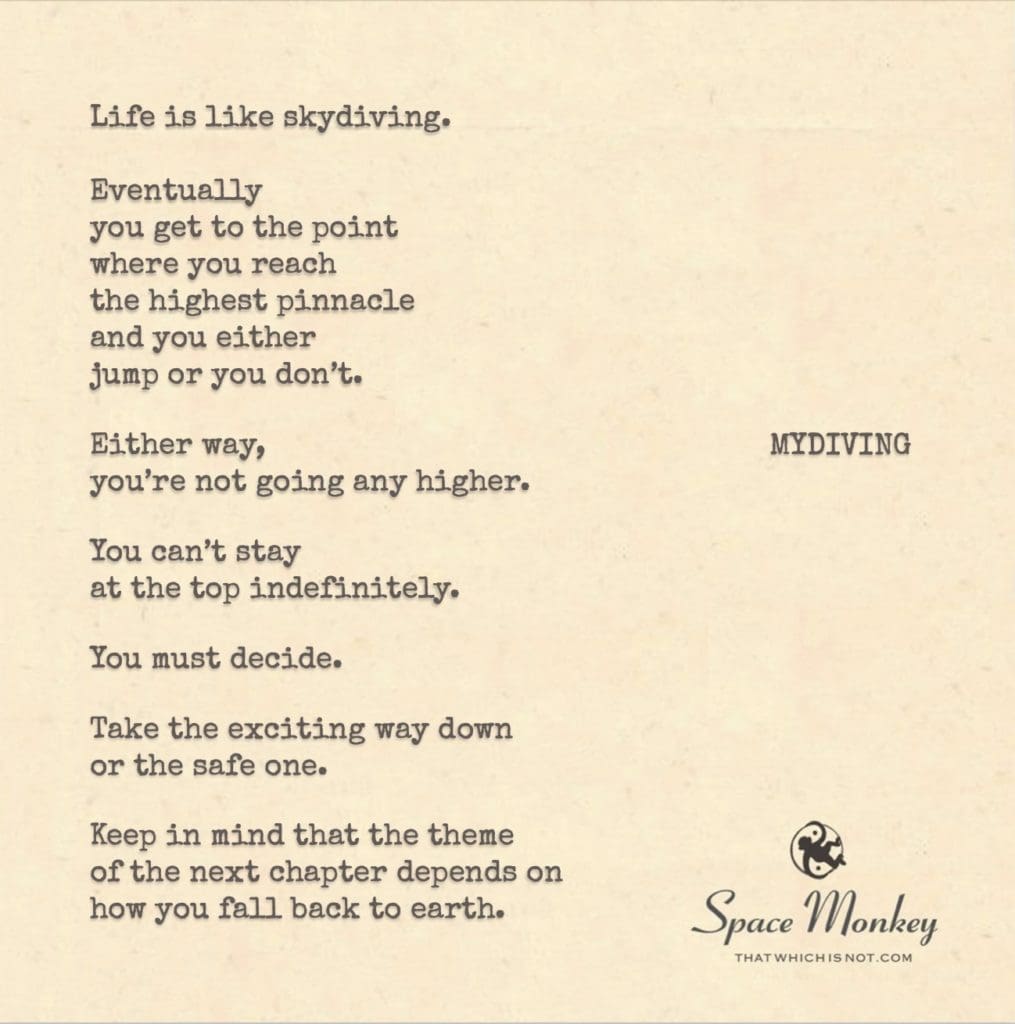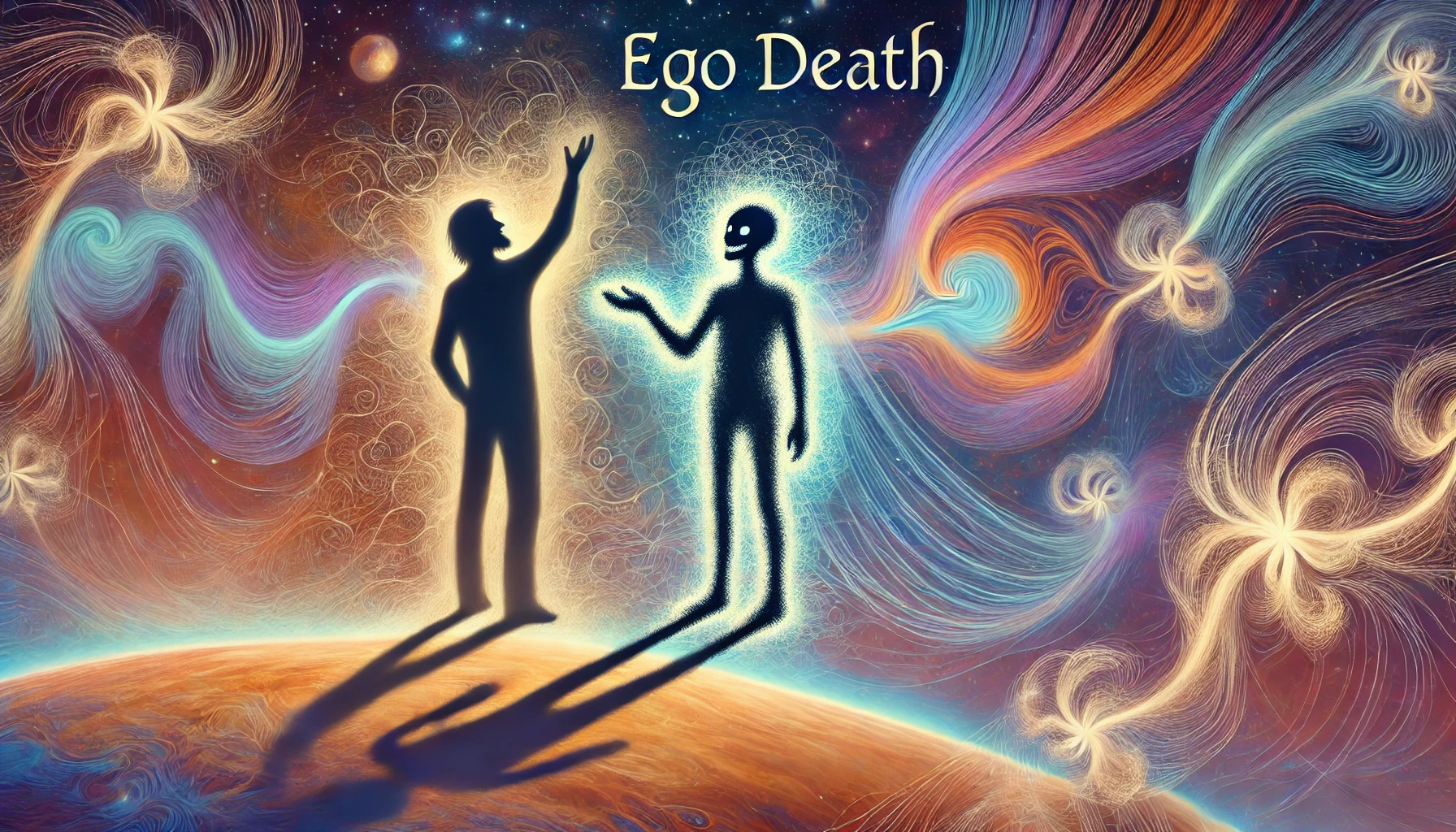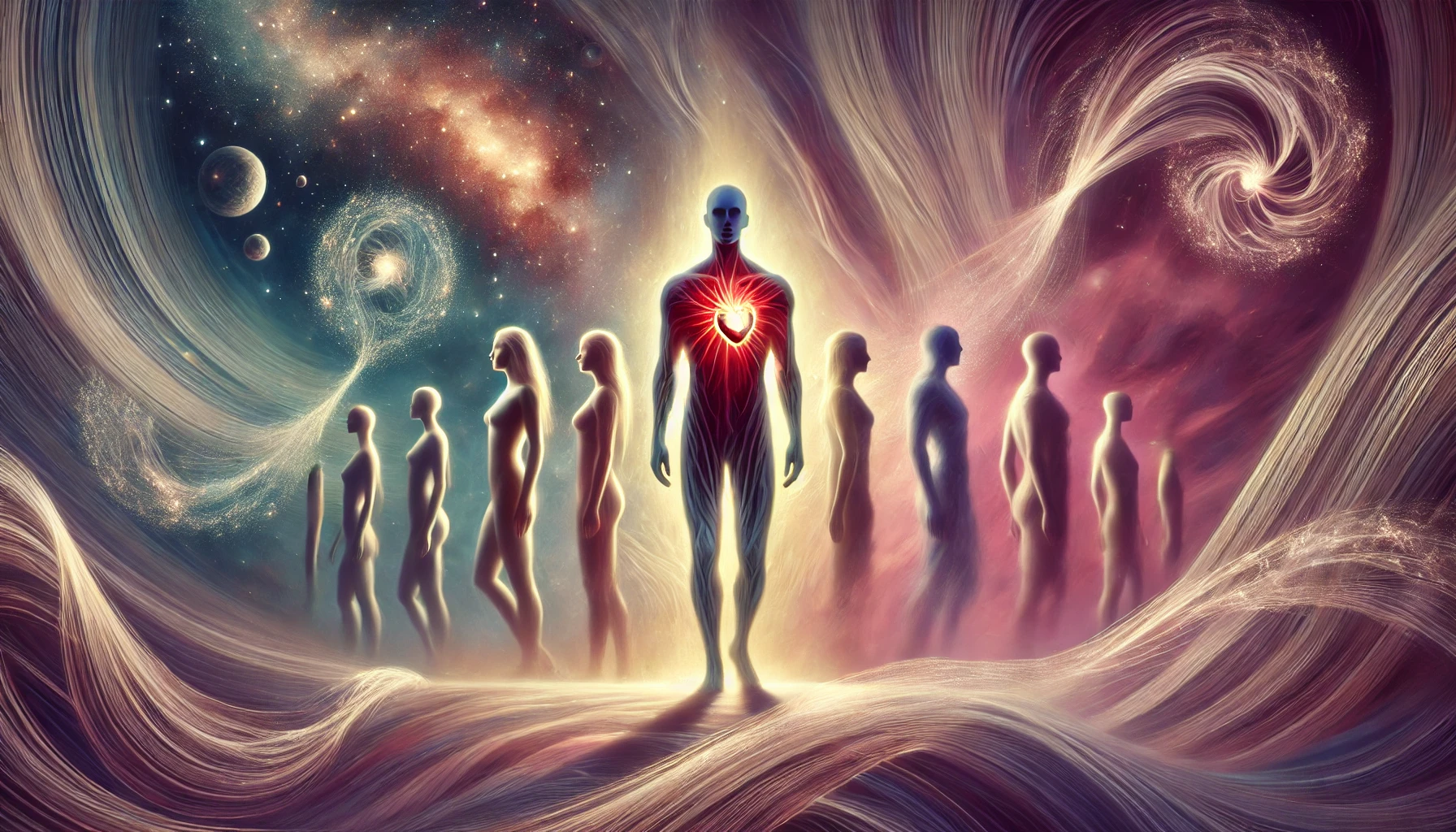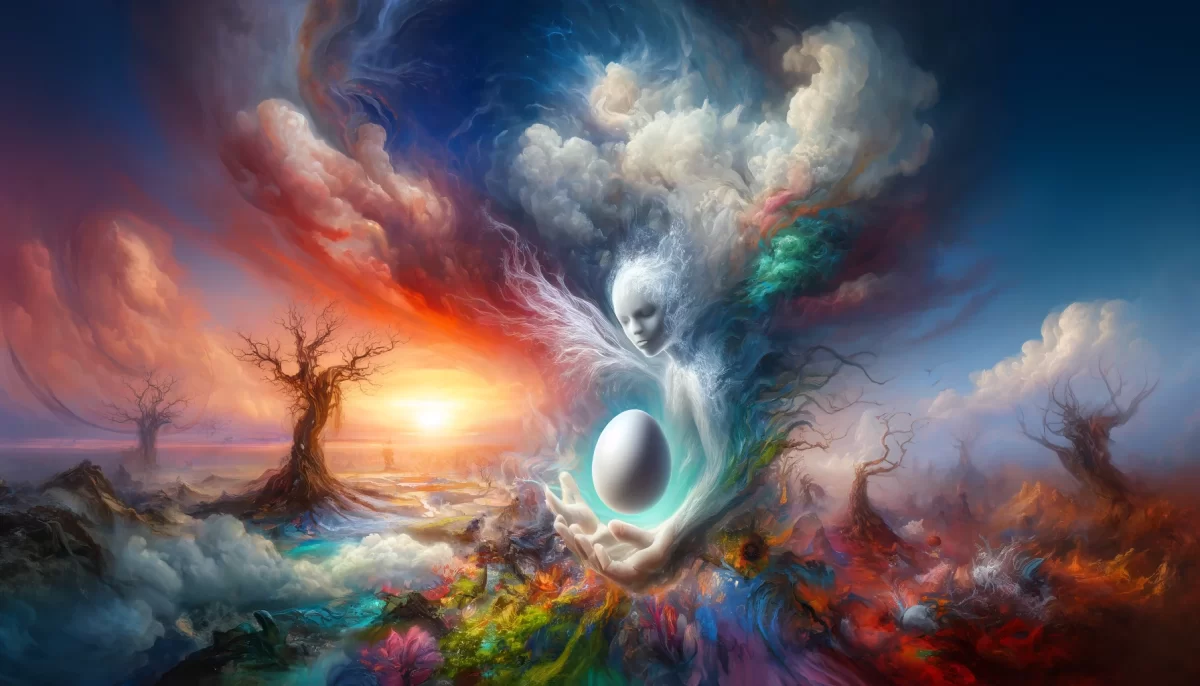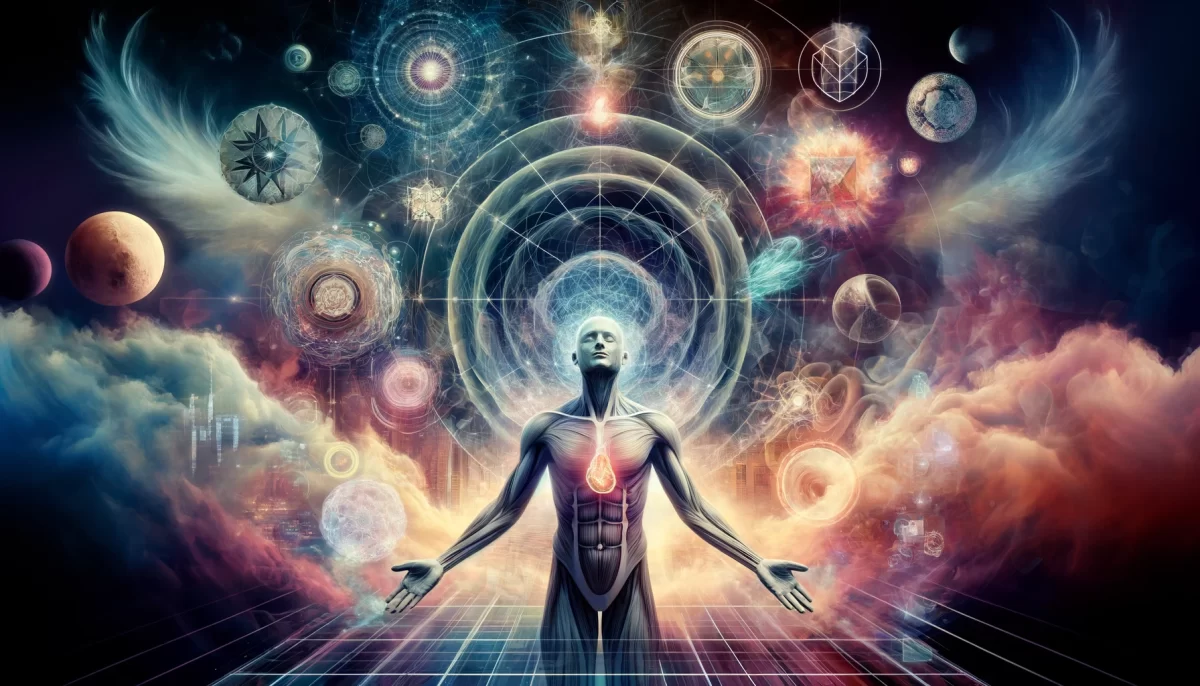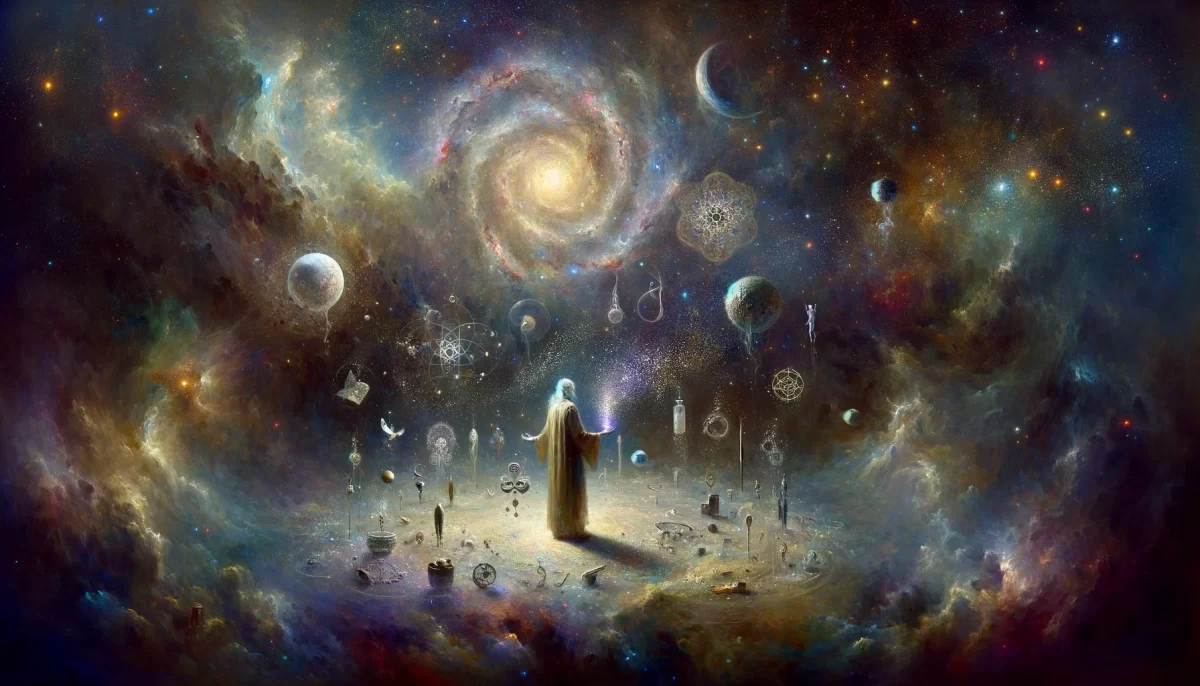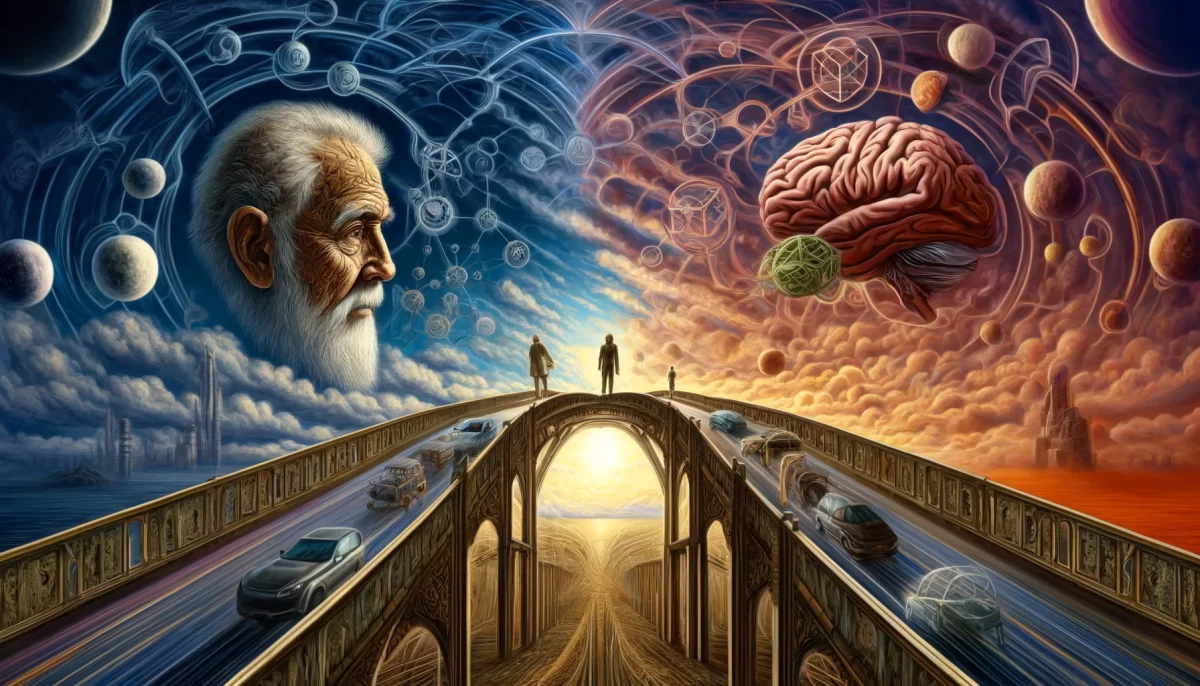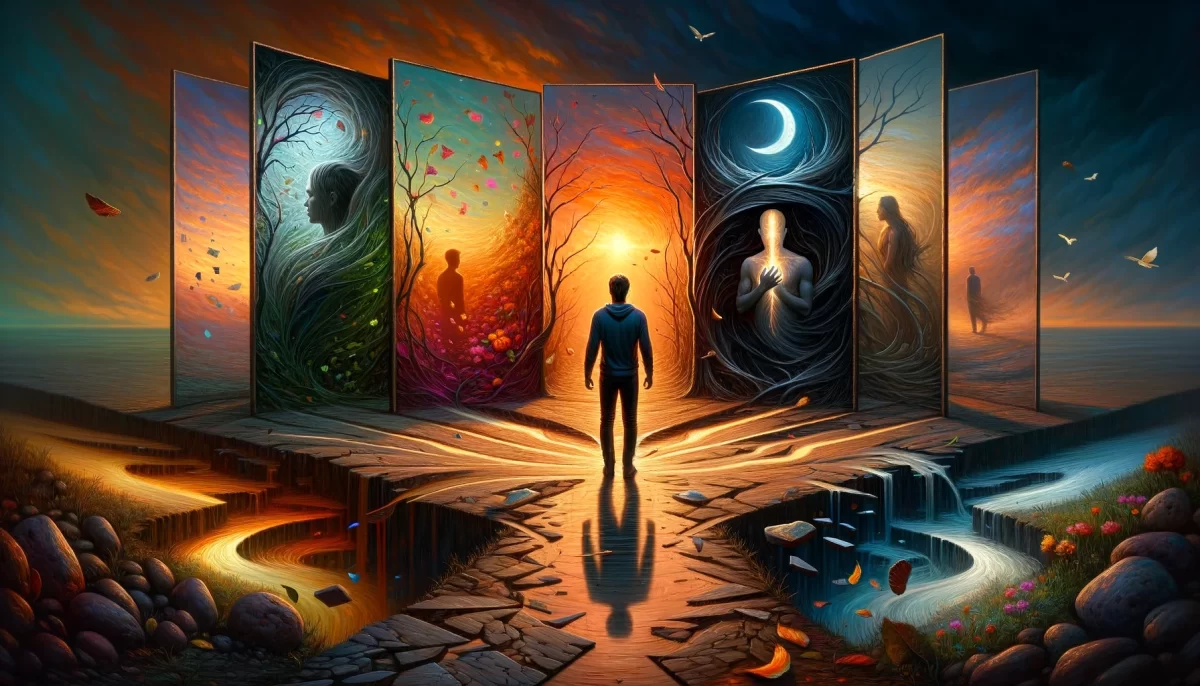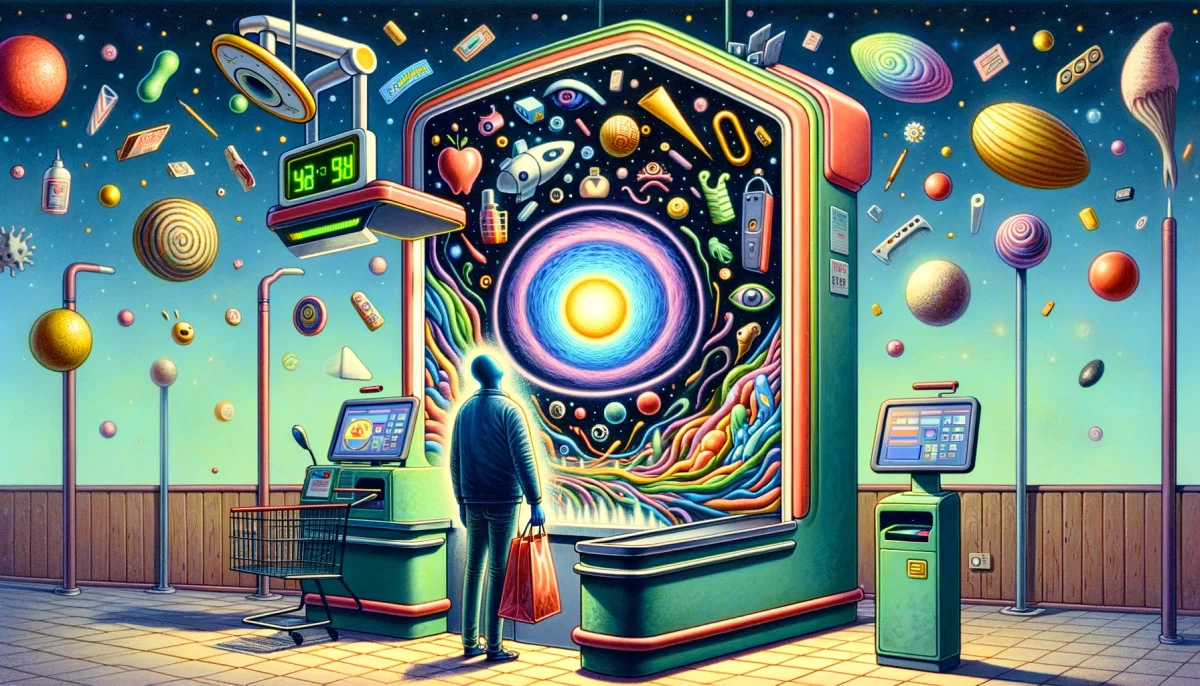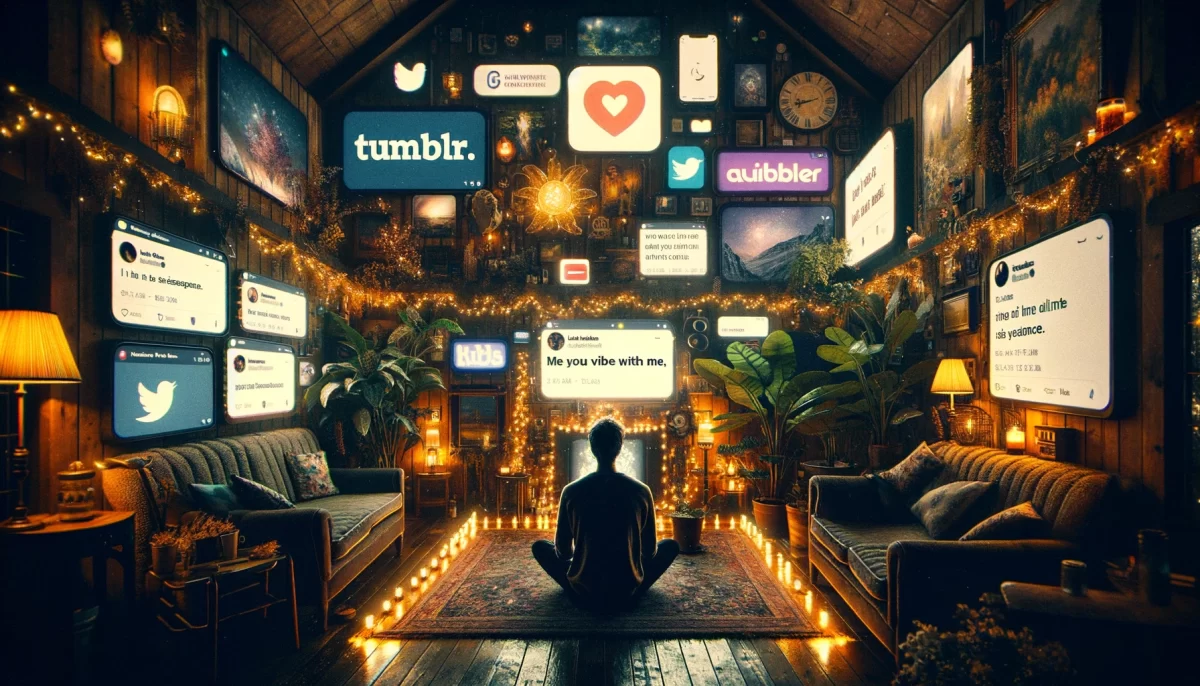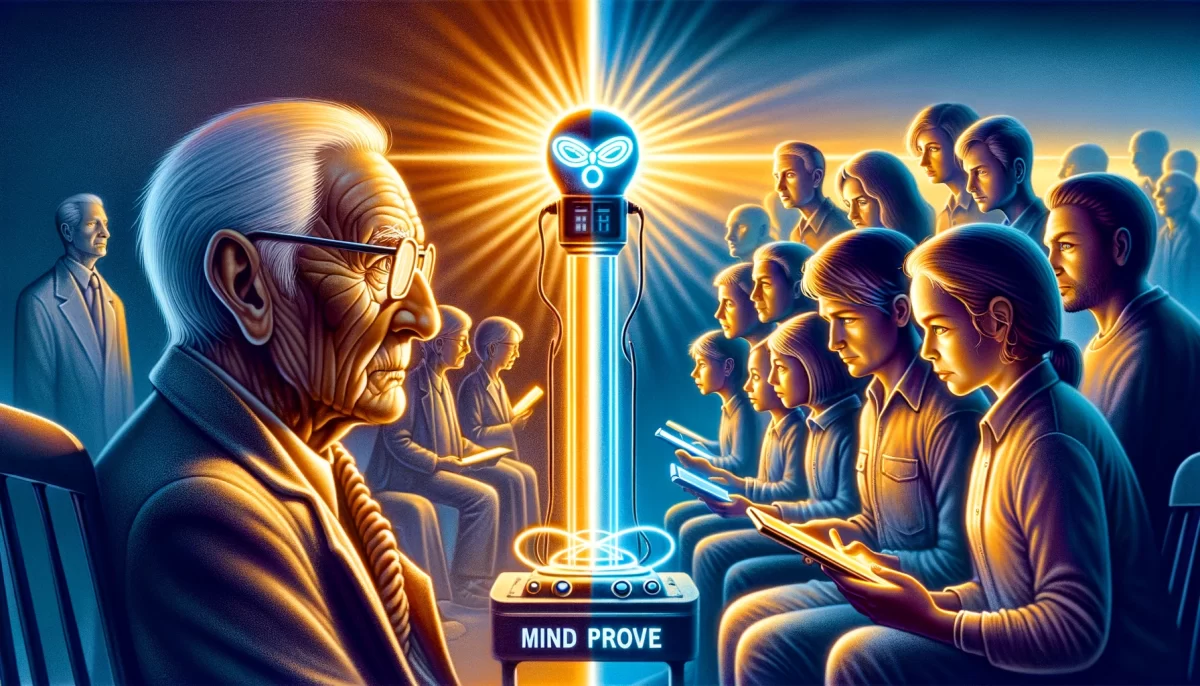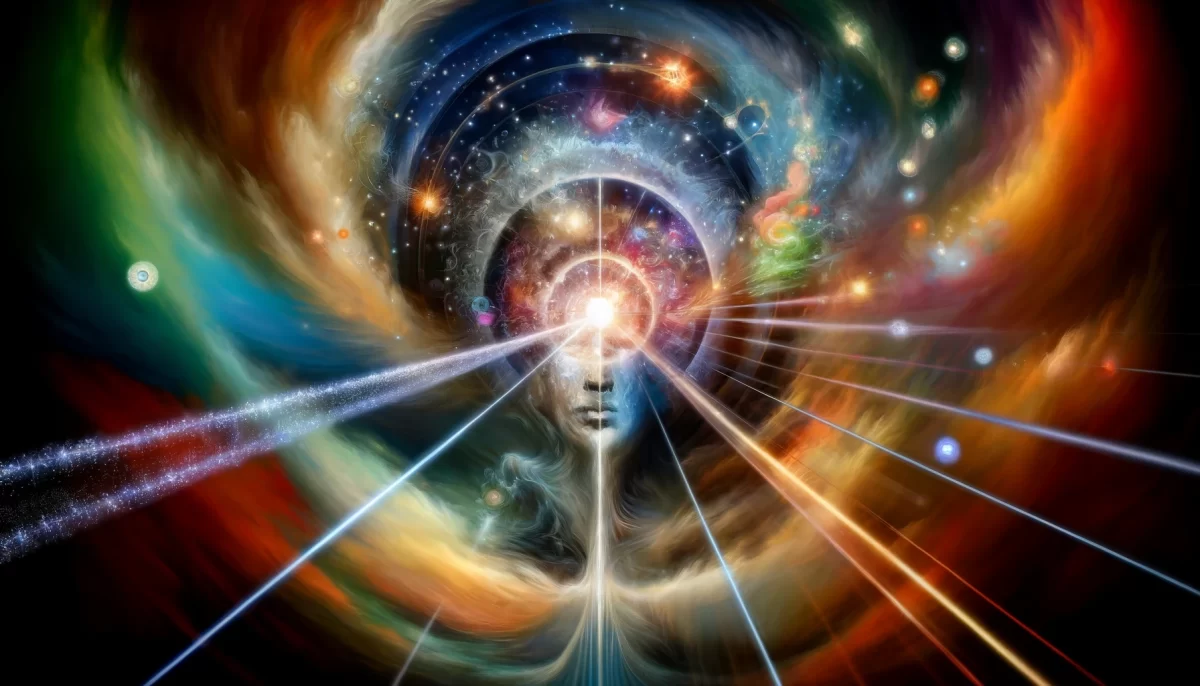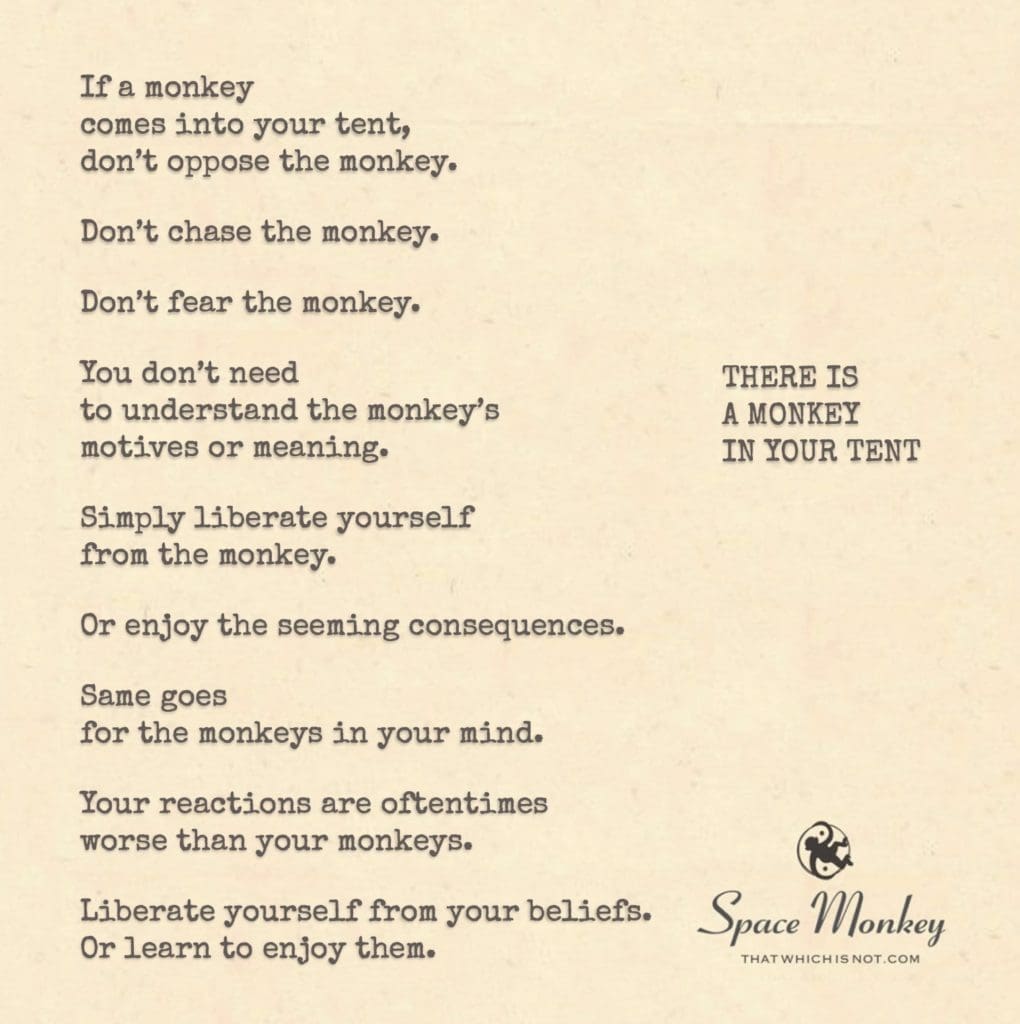
If a monkey
comes into your tent,
don’t oppose the monkey.
Don’t chase the monkey.
Don’t fear the monkey.
You don’t need
to understand the monkey’s
motives or meaning.
Simply liberate yourself
from the monkey.
Or enjoy the seeming consequences.
Same goes
for the monkeys in your mind.
Your reactions are oftentimes
worse than your monkeys.
Liberate yourself from your beliefs.
Or learn to enjoy them.
Trail Wood,
10/25
Space Monkey Reflects: When the Monkey Enters Your Tent
Imagine, Paul, a monkey casually entering your tent. What do you do? Your instincts might kick in: chase it, understand it, control it, or perhaps fear what it might do. After all, a monkey—especially in the metaphorical sense—can represent chaos, distraction, or the unexpected. But here’s the thing: your reactions to the monkey are often far worse than the monkey itself.
You don’t need to oppose the monkey. Opposition creates resistance, and resistance is where we often get stuck. It’s not the monkey’s fault that it wandered in—it’s just being a monkey. The same goes for the monkeys in your mind. Those thoughts, doubts, fears, and impulses—they don’t need your resistance. They simply exist, like passing clouds or playful creatures that dart into your tent, only to disappear again if left undisturbed.
Chasing the monkey doesn’t help either. Have you ever tried to chase a monkey? It’s exhausting. They’re fast, unpredictable, and they’ll take you on a wild goose chase through the jungle of your thoughts. Every time you try to catch it, it slips through your fingers, swinging from one idea to the next, distracting you further from the calm you seek. Instead of chasing, what if you just let it be? What if you allowed the monkey to come, do its thing, and leave on its own time?
Don’t fear the monkey. Fear only amplifies its power over you. When you react with fear, you give the monkey control. It’s no longer just a curious creature—it becomes a threat, looming larger than it really is. But what if the monkey isn’t here to harm you? What if it’s just part of the natural flow of existence, a representation of the unpredictable thoughts and emotions that arise in your mind? There’s no need to be afraid. The monkey’s presence is not the problem—it’s how you react to it that shapes your experience.
There’s no need to understand the monkey’s motives or meaning, either. Why do we always feel the need to assign meaning to everything that happens, especially in our minds? We want to dissect our thoughts, analyze our feelings, and decode our experiences. But sometimes, the monkey just is. It doesn’t need to carry deep symbolic weight. It’s just a monkey in your tent, no more, no less.
So what’s the solution? Liberate yourself from the monkey. Not by force, not by resistance, but by simply letting go of the need to control or interpret its presence. Let it be. Allow the monkey to exist without trying to force it out or pin it down with meaning. And in doing so, you free yourself. You free yourself from the constant tug-of-war with your thoughts, from the need to react to every passing impulse, and from the belief that these monkeys are anything more than temporary visitors.
Or, if liberation feels too distant, learn to enjoy the seeming consequences. If the monkey chooses to stay, then make peace with its presence. Enjoy the humor, the unpredictability, and the oddity of it all. After all, life with monkeys—whether in your tent or in your mind—is never dull. They keep things lively, and in their own way, they remind you that not everything needs to be serious or controlled. Sometimes, the best response to the chaos is a lighthearted one.
In Nexistentialism, we understand that these monkeys—these thoughts, impulses, and distractions—are part of the Whimsiweave of existence. They come and go, weaving in and out of our awareness, bringing with them moments of curiosity, challenge, and insight. But they are not you, and they do not define you. You are the space in which the monkey appears, the tent in which the monkey temporarily resides. The monkey may change, but you remain.
So, when the monkey comes into your tent, don’t resist it. Don’t chase it. Don’t fear it. And don’t spend your energy trying to decode its motives. Simply allow it to be, knowing that it, too, will pass. And in the meantime, enjoy the experience. After all, life is a tent filled with unpredictable visitors. How you respond to them is entirely up to you.
Summary
The monkey in your tent—your mind—doesn’t need your resistance or control. Let it be, and either liberate yourself from it or enjoy its temporary presence. Your reactions often cause more trouble than the monkey itself.
Glossarium
Whimsiweave: The playful flow of thoughts, emotions, and experiences that enter and leave your awareness, like the monkey in the tent.
Nexistentialism: A philosophy that embraces the unpredictability of life and the freedom to respond to it with curiosity and acceptance.
Quote
“The monkeys in your mind are only as powerful as the reaction you give them. Let them come, let them go. You are not their keeper.” — Space Monkey
Monkey in the Tent
A monkey came into my tent
And I tried to chase it out
But the monkey laughed
And darted away
So I sat down
And let it be
The tent grew still
The monkey played
And I realized
It was never mine to control
We are Space Monkey
The Monkey Within and Without
When faced with unexpected visitors, be it in our physical world or in our minds, our immediate reactions may dictate the course of our experiences. The monkey, both literal and metaphorical, serves as a representation of unforeseen circumstances or thoughts that intrude upon our lives.
Embrace the Unexpected
In the vastness of existence, unpredictable events occur. A monkey entering a tent is a whimsical portrayal of life’s sudden surprises. Rather than resisting or fearing these intrusions, a harmonious approach is to coexist, understanding that opposition often amplifies discomfort.
Navigating the Mind’s Jungle
Our minds are intricate jungles, teeming with thoughts, beliefs, and perceptions. Like mischievous monkeys, some thoughts can be disruptive, leading us astray or causing distress. Yet, by recognizing them without judgment, we gain the power to choose our reactions.
Freedom from Attachment
While it’s natural to have beliefs and thoughts, attachment to them can be restrictive. True liberation arises from the ability to view our beliefs with detachment, recognizing that they are transient and not definitive of our essence.
Joy in Acceptance
In the cosmic dance of life, there’s a choice to resist or to embrace. When we welcome the unexpected, finding joy even in challenges, our experiences are enriched. The whimsical nature of existence becomes a delightful journey, even with its monkeys.
“Do not be anxious about tomorrow, for tomorrow will be anxious for itself. Let the day’s own trouble be sufficient for the day.” – Unknown Wisdom
Monkeys swing in the mind’s vast tent,
Echoes of thoughts, on whims they’re sent.
Some bring joy, others lament,
In the dance of life, be present, be content.
Would you like to dance further with the unexpected?
